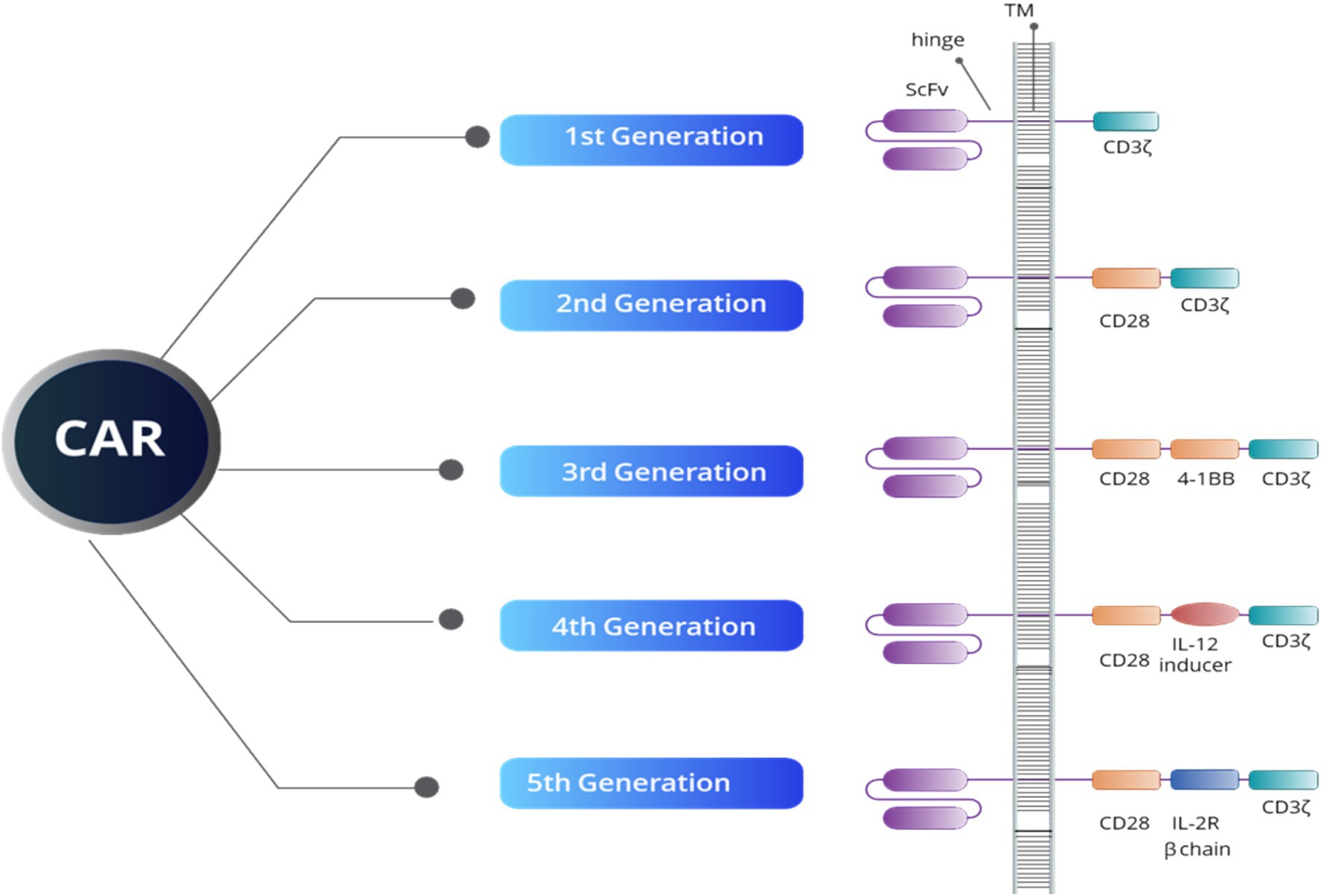
Where an individual resides frequently dictates the caliber of cancer care they receive and, ultimately, their odds of survival. Despite numerous advancements in precision oncology over the decades, significant disparities remain between patients treated in urban academic facilities and those in rural or underserved areas. A study published in JAMA Network Open involving almost 37,000 patients revealed that when rural and urban patients undergo the same, protocol-driven treatment, their results are nearly indistinguishable. This insight emphasizes a vital reality: the disparity in cancer survival is not rooted in biology, but in access.
Simultaneously, the gap in geography has expanded, and cancer care itself has grown significantly more complicated. As our comprehension of cancer’s molecular foundations deepens, oncologists no longer categorize “lung cancer” or “breast cancer” as single entities. What once were general classifications are now identified as numerous biologically unique subtypes (totaling over 100 distinct cancer types), each necessitating customized treatment approaches. This swift progression in precision oncology is leaving many community practices struggling to stay current. Consequently, there is a growing gap in care quality, propelled not by effort or skill, but by unequal access to specialized knowledge.
In this context, remote second opinions—virtual assessments of cancer cases by subspecialists at academic institutions—are emerging as an effective means of broadening access to expert advice beyond the confines of major academic cancer centers.
More equitable access to cancer care
Patients in rural or economically disadvantaged communities are more likely to encounter delays in diagnosis, limited access to clinical trials, and diminished exposure to innovative therapies. Research indicates that treatment at National Cancer Institute (NCI)-Designated Comprehensive Cancer Centers correlates with better adherence to evidence-based guidelines and enhanced patient outcomes; however, fewer than 20 percent of U.S. cancer patients receive care at these centers.
Findings presented at the ASCO Quality Symposium and published in JCO Oncology Practice provide strong evidence of how remote oncology reviews can help close this gap. In a study on community-based cases, remote second opinions from cancer subspecialists resulted in modifications to cancer treatment recommendations in over half (52 percent) of cases, including shifts in chemotherapy, immunotherapy, targeted therapy, or radiation therapy to align more closely with current evidence. Notably, patients from the most socioeconomically disadvantaged areas were 25 percent more likely to receive such recommendations than those in wealthier regions.
Remote second opinions are not just a technological convenience; they represent a structural innovation. By enabling expertise to flow outward from tertiary centers, they deliver the highest standards of cancer care to patients who may otherwise be overlooked.
How remote second opinions work
Typically, in second opinion programs, treating oncologists at community or regional hospitals provide patient data, including medical history, pathology reports, imaging, and genomic tests. The reviewing specialists offer evidence-based guidance that may encompass validation of the current plan, suggestions for alternative therapies, recommendations for additional testing, or the identification of clinical trials.
This process is collaborative rather than competitive. The subspecialist assists the community oncologist rather than displacing them, and offers peer consultation that boosts confidence in treatment decisions by granting access to extensive subspecialty knowledge.
For oncologists treating a wide array of malignancies, such reviews are especially beneficial for rare or complex cancers such as sarcomas, leukemias, or specific gastrointestinal tumors.
Support for clinicians: extending the reach of expertise
Community oncologists frequently manage hundreds of patients across various tumor types, whereas academic specialists may focus their entire careers on a single subtype. Remote second opinions effectively facilitate timely knowledge transfer, aiding community oncologists in aligning with evidence-based cancer care and integrating swiftly evolving data on targeted therapies, immunotherapy combinations, or standards of molecular testing.
This model exemplifies the “hub-and-spoke” method of care delivery, where academic centers act as hubs of expertise that radiate out to community spokes. It not only broadens the reach of subspecialty knowledge but also helps alleviate clinician isolation in smaller practices by providing peer validation, decreasing uncertainty in decision-making, and enhancing professional networking.
Access to and awareness of clinical trials are essential aspects of the advantages oncologists gain from remote second opinions. A study by City of Hope revealed that 73 percent of oncologists cited the availability of clinical trials as the primary reason for referring patients to tertiary centers, while 82 percent noted limited awareness of such trials in their regions. Remote second opinions can help bridge that information gap, connecting patients and physicians to research opportunities they might otherwise miss.
Redrawing the map of cancer expertise
This new information reinforces a straightforward yet transformative notion: cancer expertise does not need to be confined by geography.
Remote second opinions will not remove all obstacles to equitable care, but they signify a paradigm shift, where the quality of cancer treatment relies less on where a patient resides and more on how far knowledge can disseminate.
As oncology becomes increasingly complex and personalized, ensuring that expertise travels as rapidly and extensively as the disease itself may be one